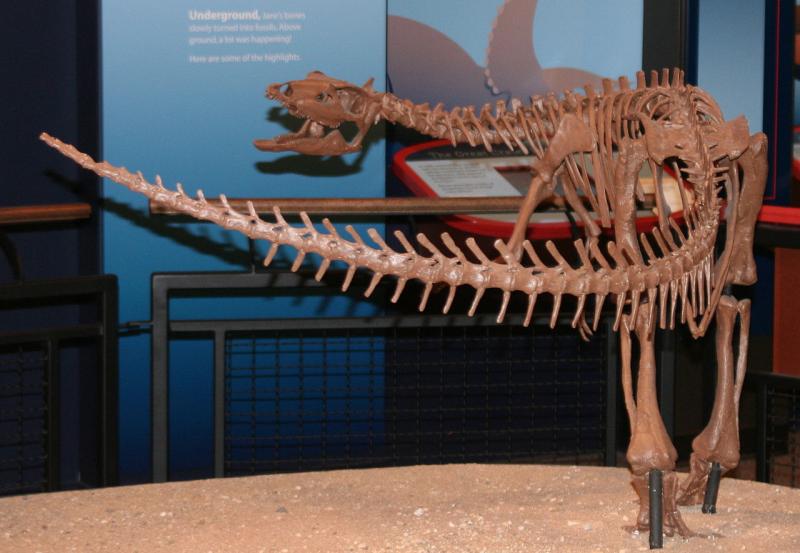- Series:Animals, Fossils, Transcript English
Psalm 147:2-3
“The LORD builds up Jerusalem; He gathers together the outcasts of Israel. He heals the broken hearted and binds up their wounds.”

The words “almost never” are important. A dinosaur liver and diaphragm – the soft parts – were recently found fossilized. Fossilization of soft organs is a testimony to the rapidity with which the dinosaurs were encased in the mud that later hardened to rock. Now a fossilized dinosaur heart has been discovered in South Dakota within the chest cavity of a fossilized Thescelosaurus. Once researchers recognized that the stone within the chest cavity might be a heart, they x-rayed it. X-rays revealed a four-chambered heart with one aorta. Reptiles have two aortas. In other words, Thescelosaurus had a heart constructed like the hearts of warm-blooded animals. This kind of heart is more efficient in delivering oxygen to the body. This in turn supports a more active lifestyle and higher metabolic rates. Based on the structure of Thescelosaurus’s heart, many scientists have concluded that it was indeed warm-blooded.
The same Creator who made the dinosaur’s heart is able to heal our hearts when they are broken by sorrow. It is He Who heals our broken hearts through the forgiveness of sins that is found in Jesus Christ.
Thank You, Father, for bringing Your power into my life. Amen.
Author: Paul A. Bartz
Ref: Science News, 4/22/00, p. 260, “Telltale Dinosaurs Heart Hints at Warm Blood.” Photo: Reconstructed skeleton of a Thescelosaurus at the Burpee Museum of Natural History in Rockford, Illinois. Courtesy of Ben Jacobson. (CC BY 2.5)
